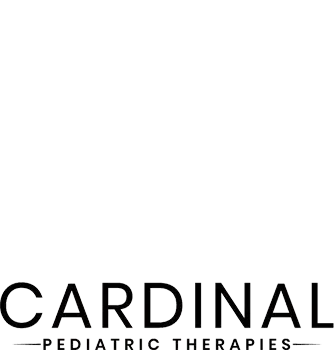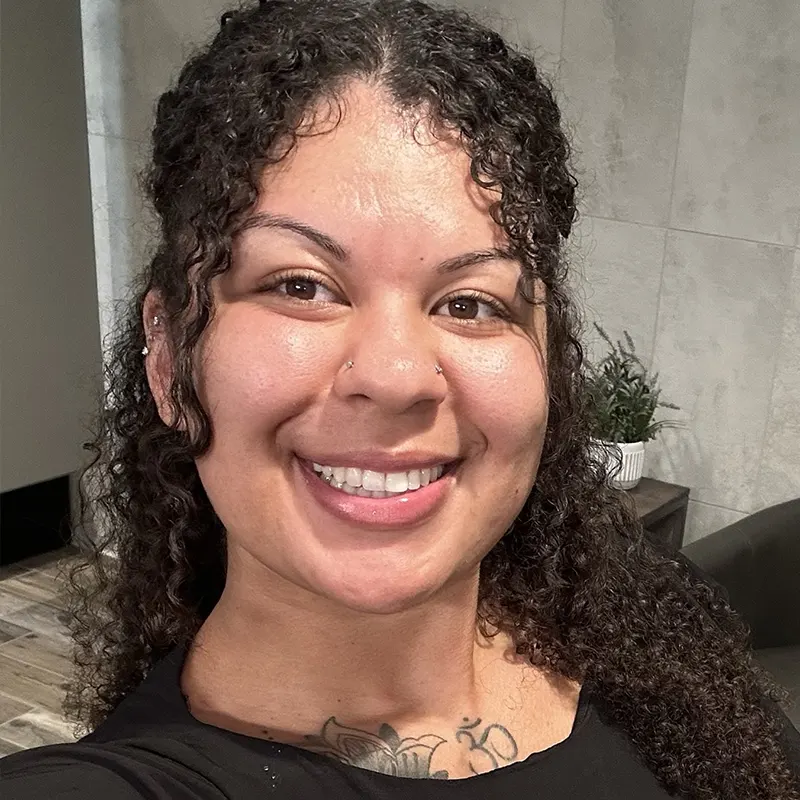For children with autism, the home environment plays a critical role in their development, comfort, and ability to navigate everyday life. Home adaptations for autism are more than just convenience upgrades; they are thoughtful, evidence-based modifications that support a child’s sensory, communication, behavioral, and emotional needs. Whether your child receives in-home therapy or attends sessions at a clinic, having a structured and supportive environment at home can make a meaningful difference.
At Cardinal Pediatric Therapies, empowering families with the tools and knowledge to create autism-friendly home environments is key to long-term progress. Below, we explore how simple and practical home adaptations can foster independence, reduce stress, and support your child’s therapy goals.

Why Home Adaptations for Autism Matter
Children with autism often benefit from environments that are consistent, predictable, and adapted to their sensory and communication preferences. Sensory sensitivities, executive functioning difficulties, and social communication challenges can all affect how a child interacts with their surroundings. Making home modifications tailored to these needs can help:
- Reduce sensory overload
- Minimize behavioral disruptions
- Encourage independence in daily living skills.
- Promote learning and communication.
- Reinforce strategies used in ABA therapy, occupational therapy, and speech therapy.
Sensory-Friendly Modifications in the Home
Many children on the autism spectrum experience sensory processing challenges. This means they may be susceptible to sounds, lights, textures, or smells. Sensory-friendly home modifications can reduce discomfort and promote regulation.
- Lighting: Use natural light when possible, and avoid harsh fluorescent lighting. Consider dimmable bulbs or warm-toned lighting in living and learning areas.
- Sound Management: Use rugs, curtains, and soft furnishings to absorb sound. White noise machines or noise-canceling headphones can help reduce auditory distractions.
- Textures and Materials: Offer access to a variety of sensory materials, such as soft blankets, textured toys, weighted vests, or fidget tools. These can help regulate emotions and provide calming input.
- Calming Zones: Designate a space where your child can relax and self-regulate. This could include a sensory swing, beanbag chair, or low-stimulation environment with their favorite comfort items.

Visual Supports and Predictable Routines
Visual supports are widely used in autism therapy to increase understanding, reduce anxiety, and improve transitions. These tools are especially effective when integrated into the home environment.
- Visual Schedules: Create daily routines using picture schedules or visual timetables. These can help your child anticipate transitions such as meals, school, or therapy sessions.
- Labeled Storage: Clearly label bins or drawers with pictures and words to encourage independence in cleaning up or choosing clothing and toys.
- Communication Boards: For nonverbal or minimally verbal children, place picture-based communication tools or AAC devices in accessible locations throughout the house.
Safety Adaptations for the Home
Safety is a top concern for families of children with autism, especially for those who may wander, have limited awareness of danger, or are drawn to particular sensory experiences.
- Door Alarms and Locks: Install locks or alarms on exterior doors and windows to prevent elopement or wandering.
- Childproofing: Secure furniture, block access to dangerous areas, and remove sharp or breakable items from accessible shelves.
- Minimize Hazards: Keep medications, cleaning products, and other hazardous materials in locked cabinets. Use outlet covers and safety gates as needed.
- Break Spaces: Provide a safe space for your child to retreat to during moments of frustration or overstimulation. Keep it free of clutter and stocked with calming tools.

Supporting Communication at Home
Children with autism often have unique communication needs. Home adaptations that support expressive and receptive language development are essential.
- Visual Cues: Use visual reminders in common areas to support functional communication. For example, use signs to indicate restroom procedures or steps for brushing teeth.
- Reinforcement Tools: Reinforce speech and language therapy strategies at home by practicing core vocabulary words, expanding on your child’s utterances, and offering choices to promote expressive language.
- Consistency Across Settings: Work closely with your child’s therapists to mirror the communication strategies used during therapy in your home routine.
- Encouraging Independence: Developing independence in daily routines is a common goal in autism therapy. Home environments can be designed to support step-by-step learning of skills like dressing, eating, and hygiene.
- Simplified Task Stations: Create stations for specific tasks, such as a hygiene corner with a mirror, toothbrush, and labeled steps.
- Step-by-Step Charts: Post visual sequences of routines, such as washing hands or packing a backpack, near the area where the task occurs.
- Adapted Tools: Use child-friendly tools such as Velcro clothing, visual timers, or adaptive utensils to encourage participation and success.
Lighting, Noise, and Sensory Load Considerations
Environmental factors like lighting and sound can have a significant impact on a child’s mood and behavior. Reducing overstimulation and promoting a soothing atmosphere can enhance therapy carryover at home.
- Adjustable Lighting: Install lighting options that can be dimmed or adjusted depending on the time of day or your child’s sensory needs.
- Limit Screen Distractions: Keep televisions and screens turned off during structured learning times unless they are part of a therapy program.
- Noise Reduction: Use soft music or background white noise to drown out overstimulating household sounds like blenders, doorbells, or traffic.
Collaboration with Therapists
At Cardinal Pediatric Therapies, we work closely with families to ensure home environments align with each child’s goals and therapy plans. Whether your child receives ABA therapy, speech therapy, or occupational therapy, your home can become a natural extension of their therapeutic progress.
- Collaborate with your therapy team to identify areas of the home that may benefit from adaptation.
- Ask for guidance on visual schedules, reinforcement strategies, and materials to keep at home.
- Revisit your child’s goals and make sure the home environment reflects those priorities.

A Supportive Home Makes a Lasting Difference
The right home adaptations for autism can help children feel safer, more comfortable, and better equipped to succeed in everyday life. These changes do not need to be expensive or complex. Even minor modifications can lead to meaningful improvements in behavior, communication, and emotional regulation.
At Cardinal Pediatric Therapies, our goal is to empower families with practical tools and guidance that extend beyond the clinic. With thoughtful home adaptations, your child can thrive in an environment that supports their unique needs.
If you’re looking for support in developing a more autism-friendly home, our team is here to help. Contact us to learn more about our services in Arizona and North Carolina.












